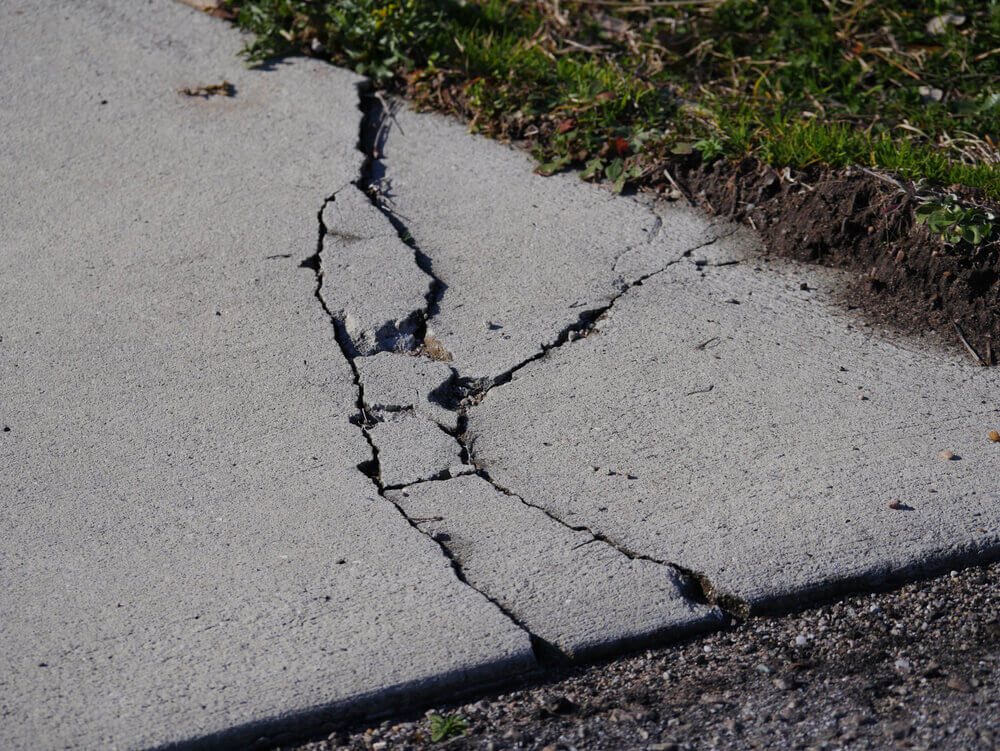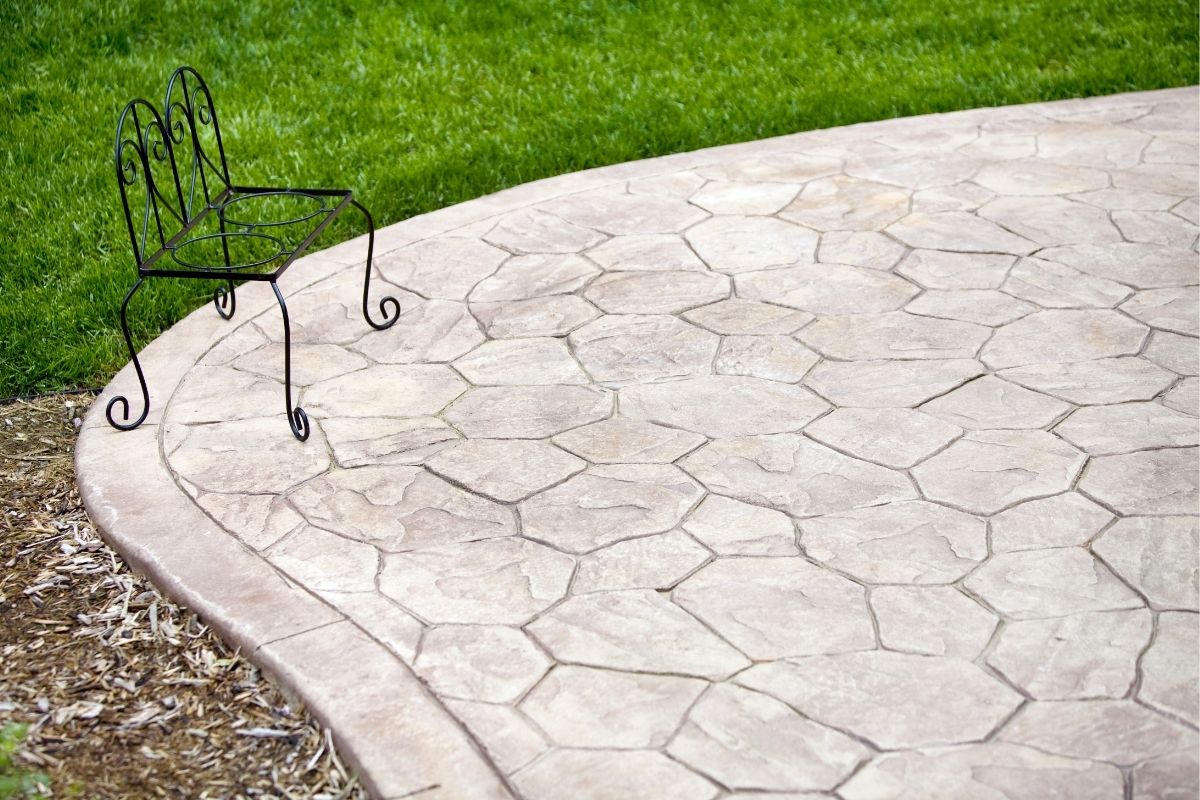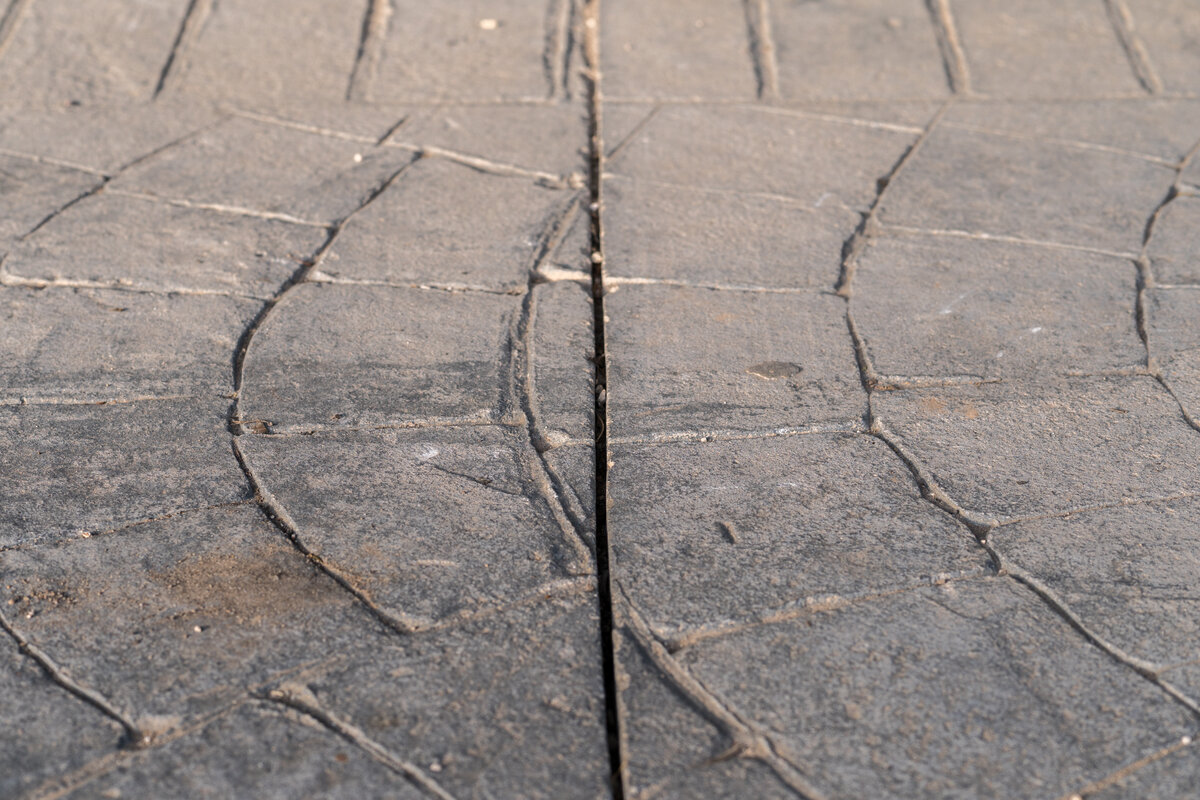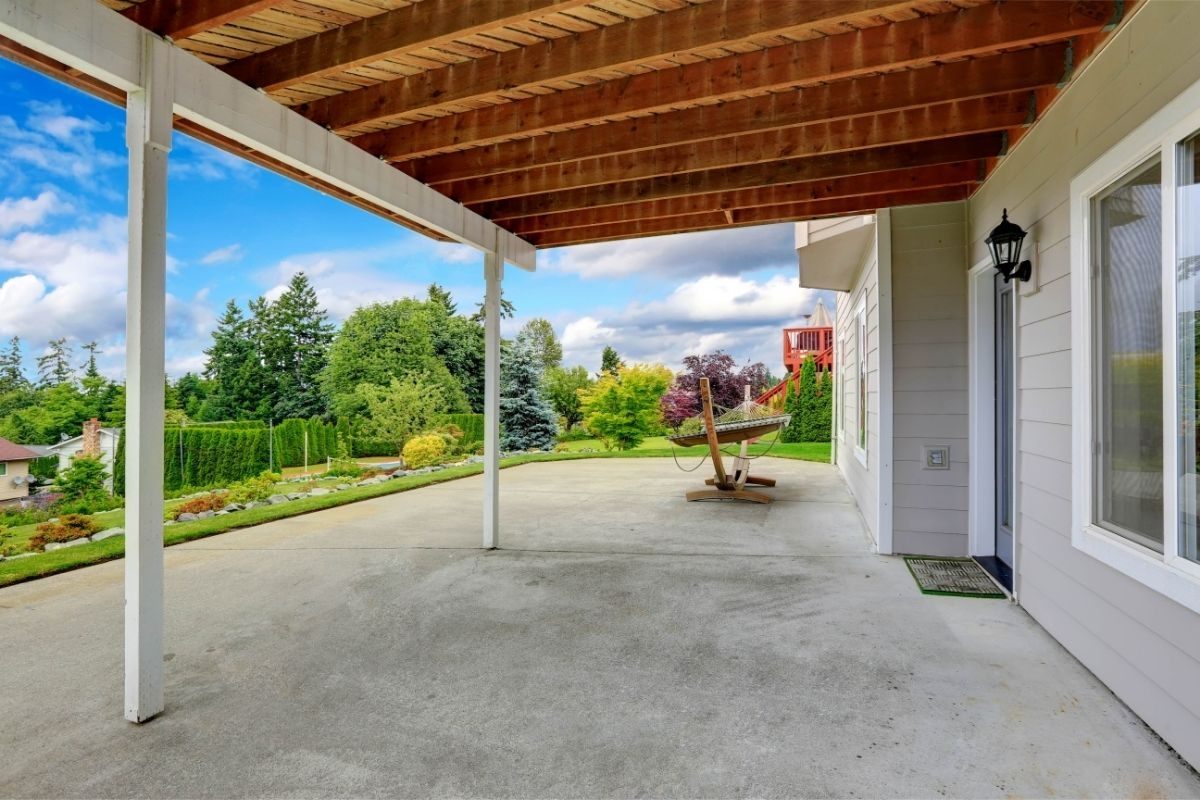Concrete is one of the most widely used construction materials due to its strength, durability, and versatility. However, like any other building material, it has its imperfections, one of which is known as “rock pop-outs.” A pop-out is a small cavity that appears on the surface of concrete, often after it has been exposed to moisture for an extended period. The common misconception is that these pop-outs compromise the structural integrity of concrete, reducing its lifespan.
This blog aims to dispel this notion and explore how natural materials contribute to this phenomenon and what measures can be taken to minimize its occurrence.
Are Pop-Outs Merely an Aesthetic Concern?
One of the primary misconceptions about rock pop-outs is that they significantly decrease the long-term performance and durability of the concrete structure. In reality, pop-outs tend to be more of an aesthetic issue and generally do not detract from the long-term performance or the durability of the concrete. That’s not to say they are entirely inconsequential; they can be a sign of other issues that need addressing but, in themselves, are often not a severe problem.
Role of Natural Materials in Concrete and Pop-Outs
Concrete is a composite material consisting primarily of cement, water, and aggregates like sand and rock. Because these aggregates are natural materials, there is always an inherent variability in their composition. It is virtually impossible to guarantee that these natural aggregates are completely free of elements that might contribute to the occurrence of pop-outs.
Why Do Natural Materials Cause Pop-Outs?
The reason natural materials like rock and sand can lead to pop-outs is generally moisture-related. Water trapped inside these aggregates can expand when it freezes, leading to a pop-out. Moreover, impurities in natural aggregates may react with the alkaline environment of the concrete, causing the surface to break down and create a pop-out.
Minimizing the Occurrence of Pop-Outs
Timely Curing of Concrete
One of the first steps in minimizing the occurrence of pop-outs is to cure the concrete as soon as possible after it is placed. Curing helps the concrete gain strength, particularly at the surface, making it less susceptible to surface problems like pop-outs.
Sealing the Concrete
Another measure to minimize pop-outs is to seal the concrete surface. This should typically be done a month or more after the concrete is placed. Sealing prevents moisture from penetrating the concrete, which is often a significant factor in causing pop-outs to occur.
Best Practices for Surface Strength
Besides sealing, maintaining the strength of the concrete surface through proper mixture ratios and compaction techniques can also help reduce the likelihood of pop-outs. By focusing on increasing the surface strength and minimizing moisture penetration, you can protect the concrete’s aesthetic appeal and longevity.
Conclusion
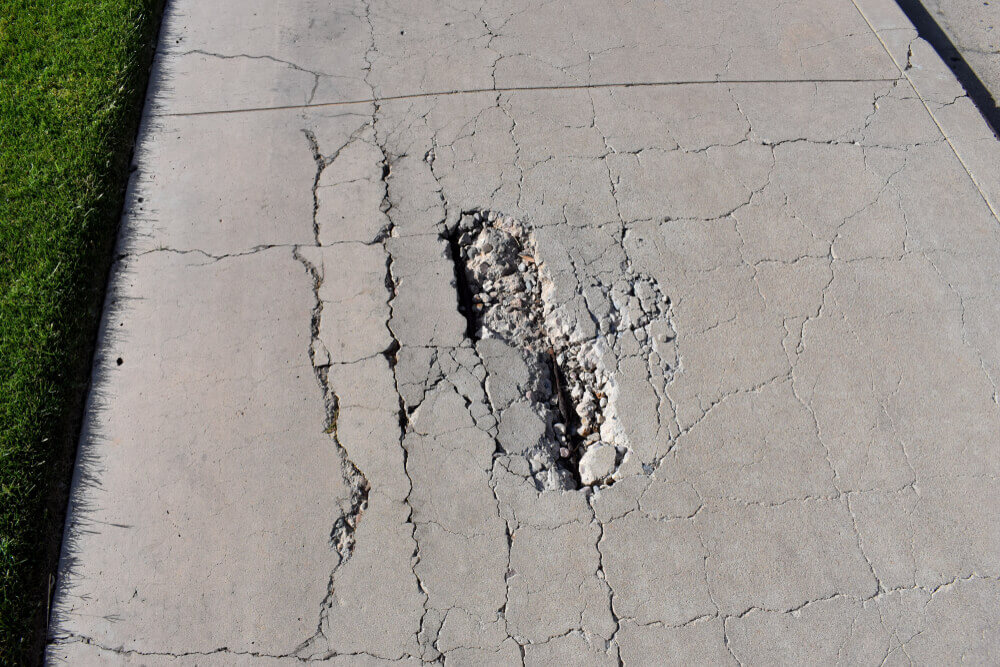
While rock pop-outs can be an annoying and unsightly issue, they typically do not have a significant impact on the lifespan or structural integrity of concrete. The use of natural materials like rock and sand in concrete makes it challenging to entirely prevent the occurrence of pop-outs.
However, through proper curing and sealing techniques, their frequency can be minimized, thereby maintaining both the aesthetic and functional aspects of your concrete structures. Contact Richfield Concrete today to learn more about rock pop-outs reducing the lifespan of concrete.





